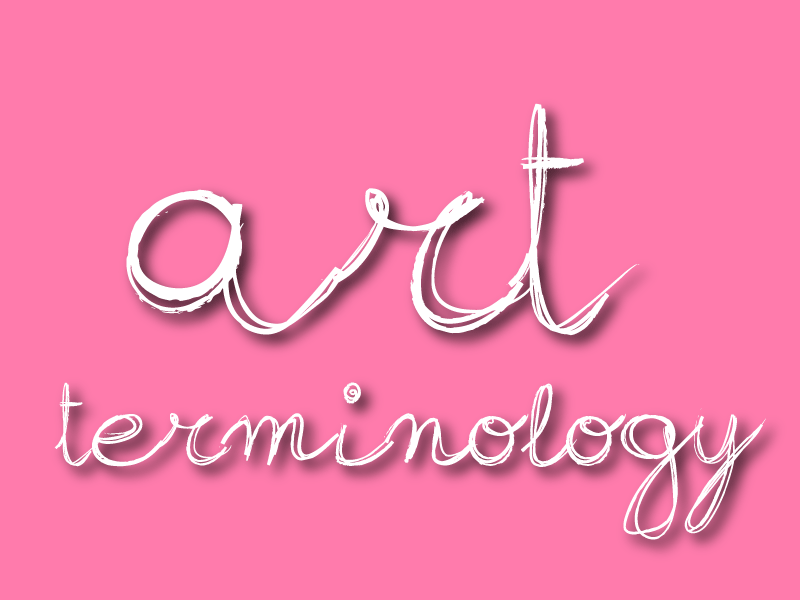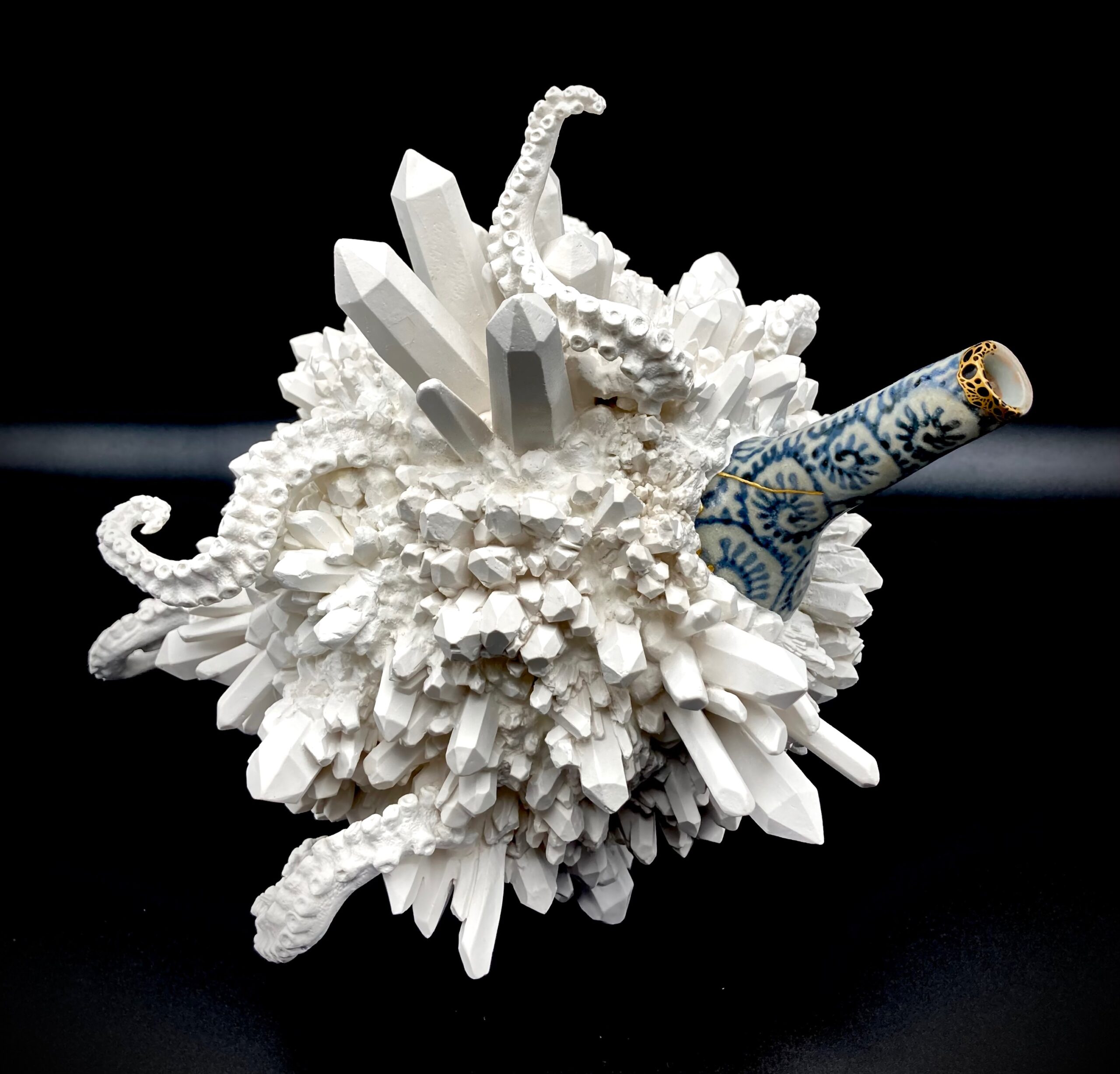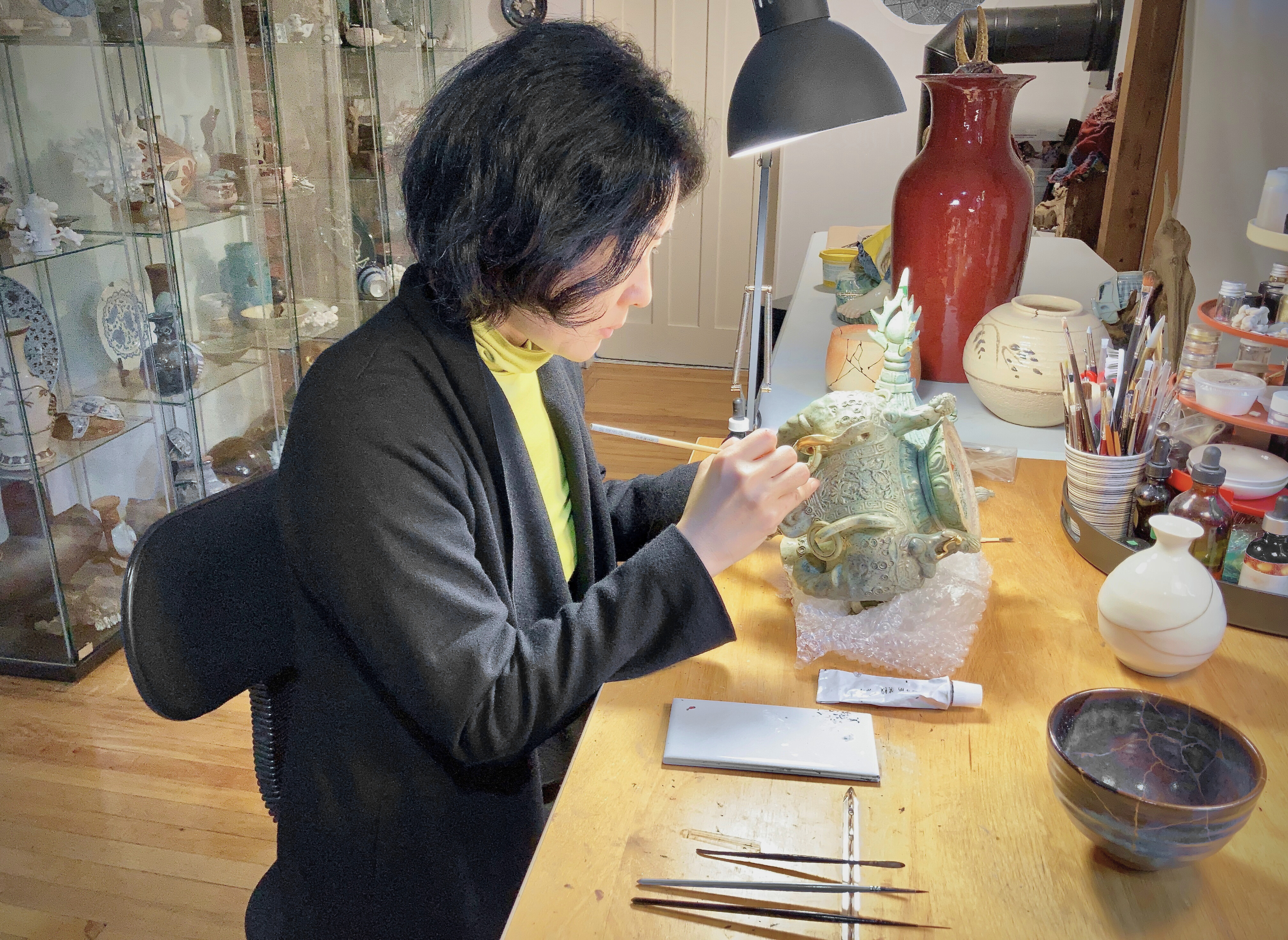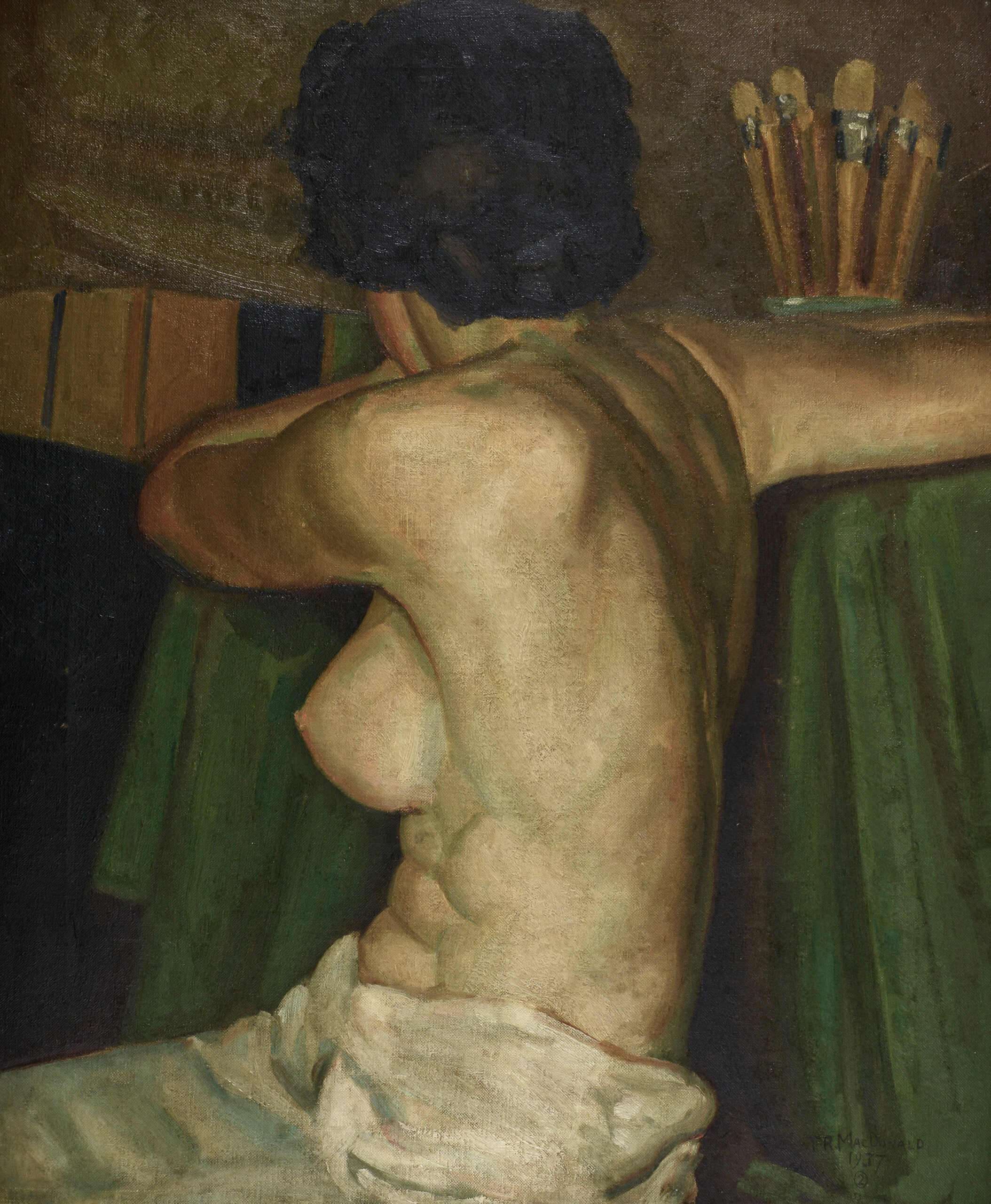Many art terms used conventionally in Western art history texts are in French, Italian or German, according to where or when the term was coined. Here, we will demystify some of this terminology!
1. Chiaroscuro
From the Italian, chiaro meaning “light”, and scuro,“dark”. This term was developed during the Italian Renaissance and refers to the artist’s use of strong contrasts of light and dark (shadow) in painting or drawing to emphasize three-dimensionality. Artists such as Leonardo da Vinci and Dutch master Rembrandt were key in developing this technique.
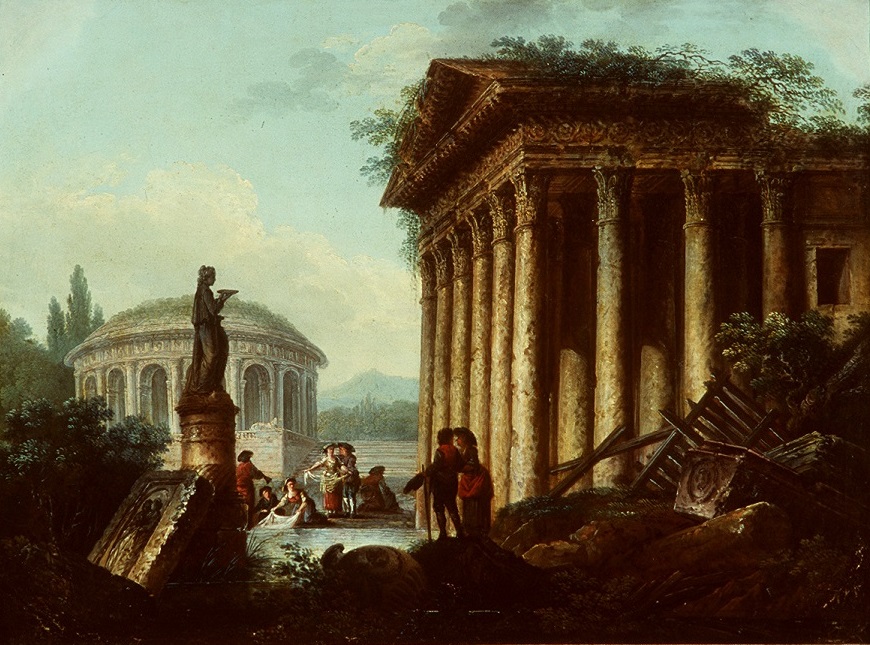
2. Contrapposto
From the Italian, meaning “opposite”. In the visual arts, the term is derived from sculpture schema that began in Greek sculpture from the early 5th century B.C. The term was coined in the Italian Renaissance. It refers to the stance in which the model bears weight on one leg, allowing the other to be bent at the knee, while the hips, shoulders and head may be tilted in a seemingly relaxed pose. The most famous statue that illustrates this style of modeling is Michelangelo’s David. Contrapposto is seen in countless stone sculptures throughout Rome and the Vatican.
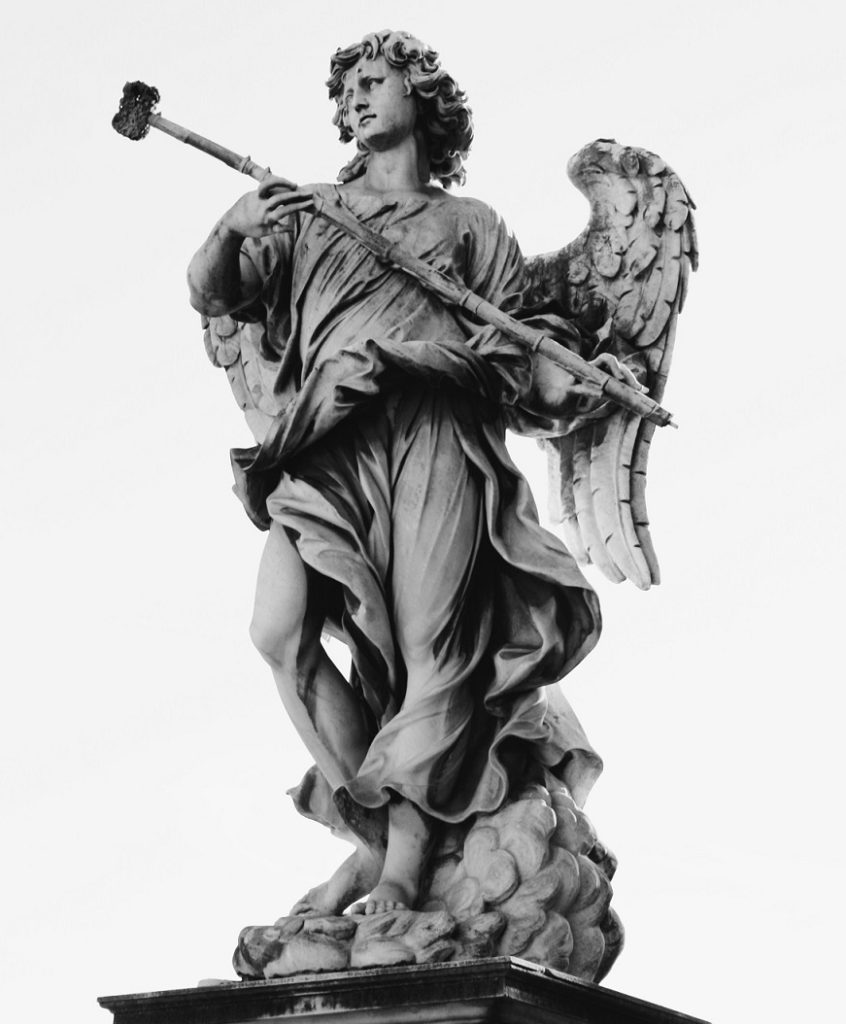
3. En plein air
From the French, meaning “outdoors”. This term describes the act of painting outdoors, as opposed to in a studio where a more formal and predetermined construction of the painting may be created. Plein air paintings gained popularity in the early-mid 18th century in Europe with the Impressionists and their precursors, the Barbizon School. These artists worked in this approach in order to depict more accurately changing light and weather conditions. At the same time, new equipment such as the field easel with telescopic legs and built-in paint box made outdoor painting more amenable.
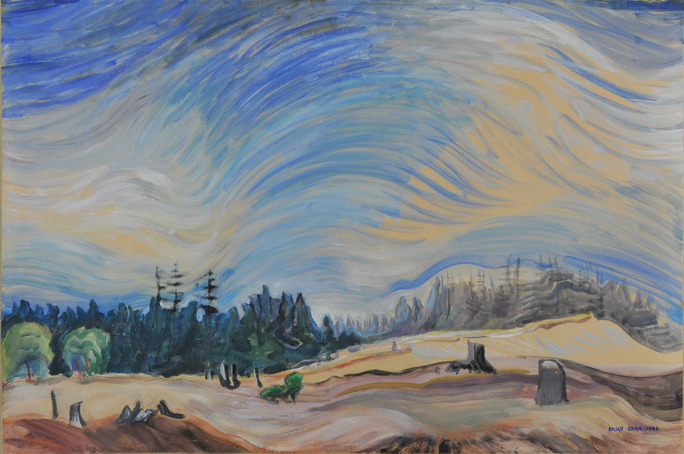
4. Gesamtkunstwerk
From the German, meaning “total work of art”, but also “ideal work of art”, “universal work of art” or “all-encompassing work of art”. It refers to an artwork that embraces various forms of art, or at least, strives to do so. The term was used by opera composer Richard Wagner in 1849, describing his aesthetic ideals in unifying all forms of art via theatre. The concept of Gesamtkunstwerk is most famously linked to the Bauhaus School in Weimar, Germany, where founder Walter Gropius believed that all students should gain experience working in all available media and that the artist should be a craftsman.
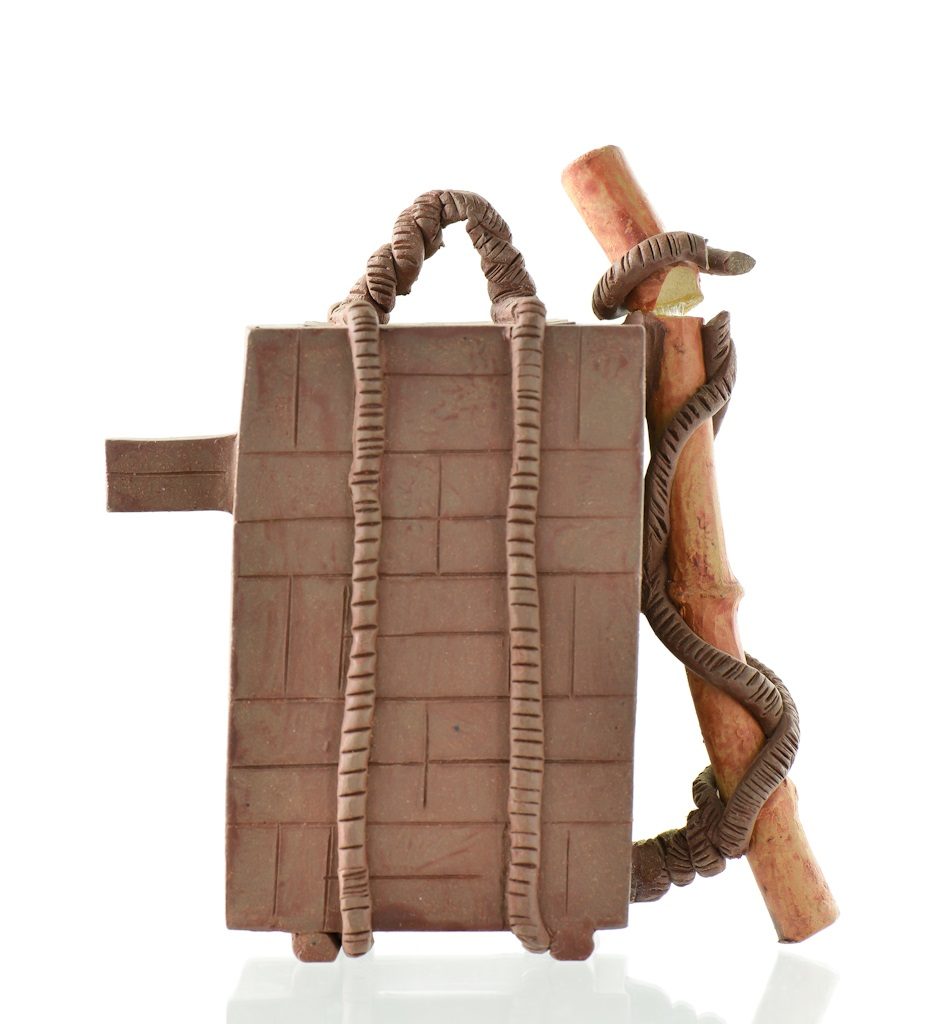
5. Trompe l’oeil
From the French, meaning “to deceive the eye”. This painting technique produces a representation that is so realistic as to deceive the viewer as to the reality of the material. The technique was popular during Roman times in the creation of murals, depicting an extension of a room to give the impression of a much larger space. Painted ceilings in Renaissance Italy also featured trompe l’oeil architectural features. Chinese ceramicists were also known to paint and glaze ceramic wares to appear as other material such as wood, bronze, stone, ivory or glass. In the example above, the Yixing teapot has been made to appear as a wooden box tied with rope.
